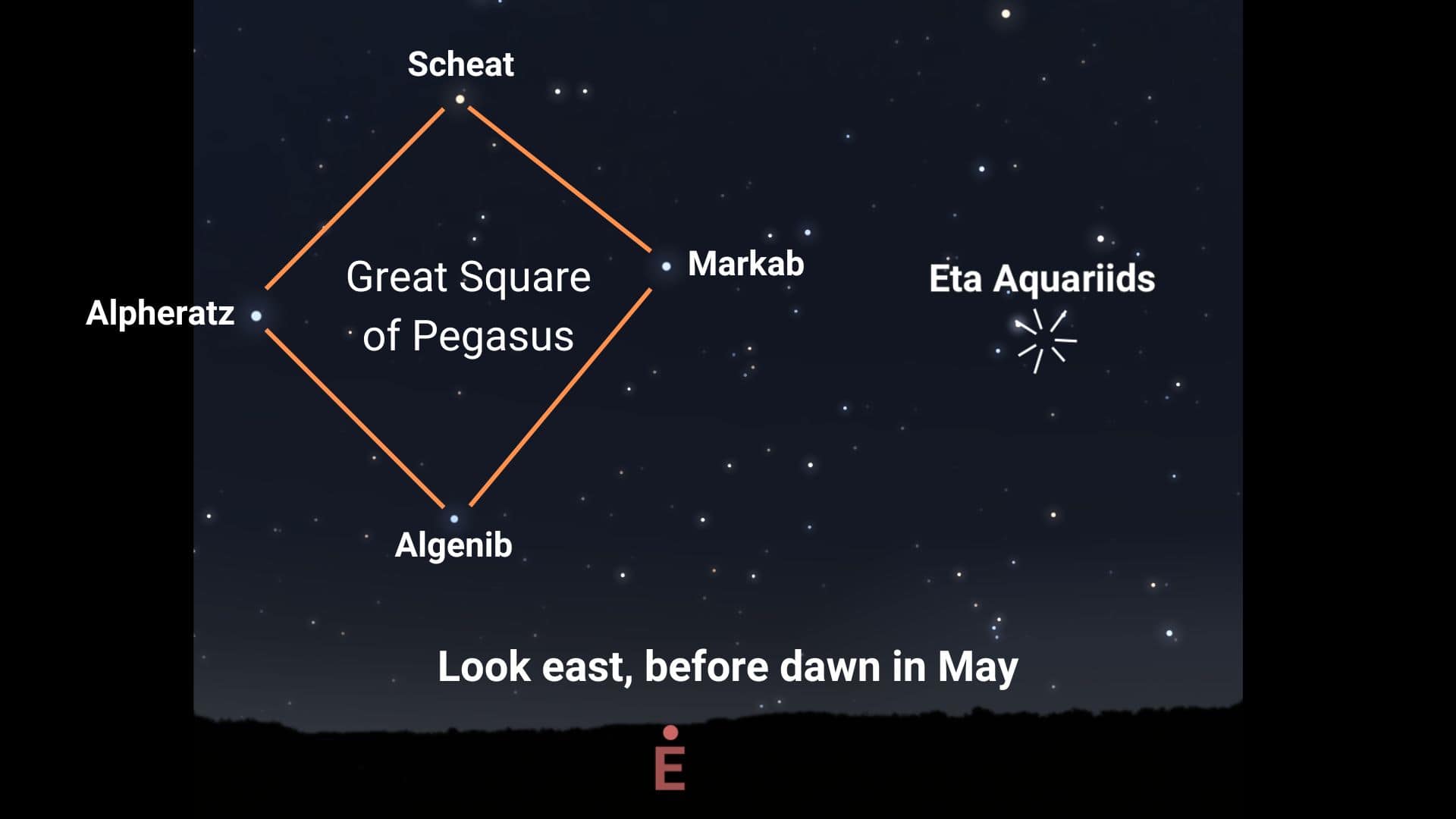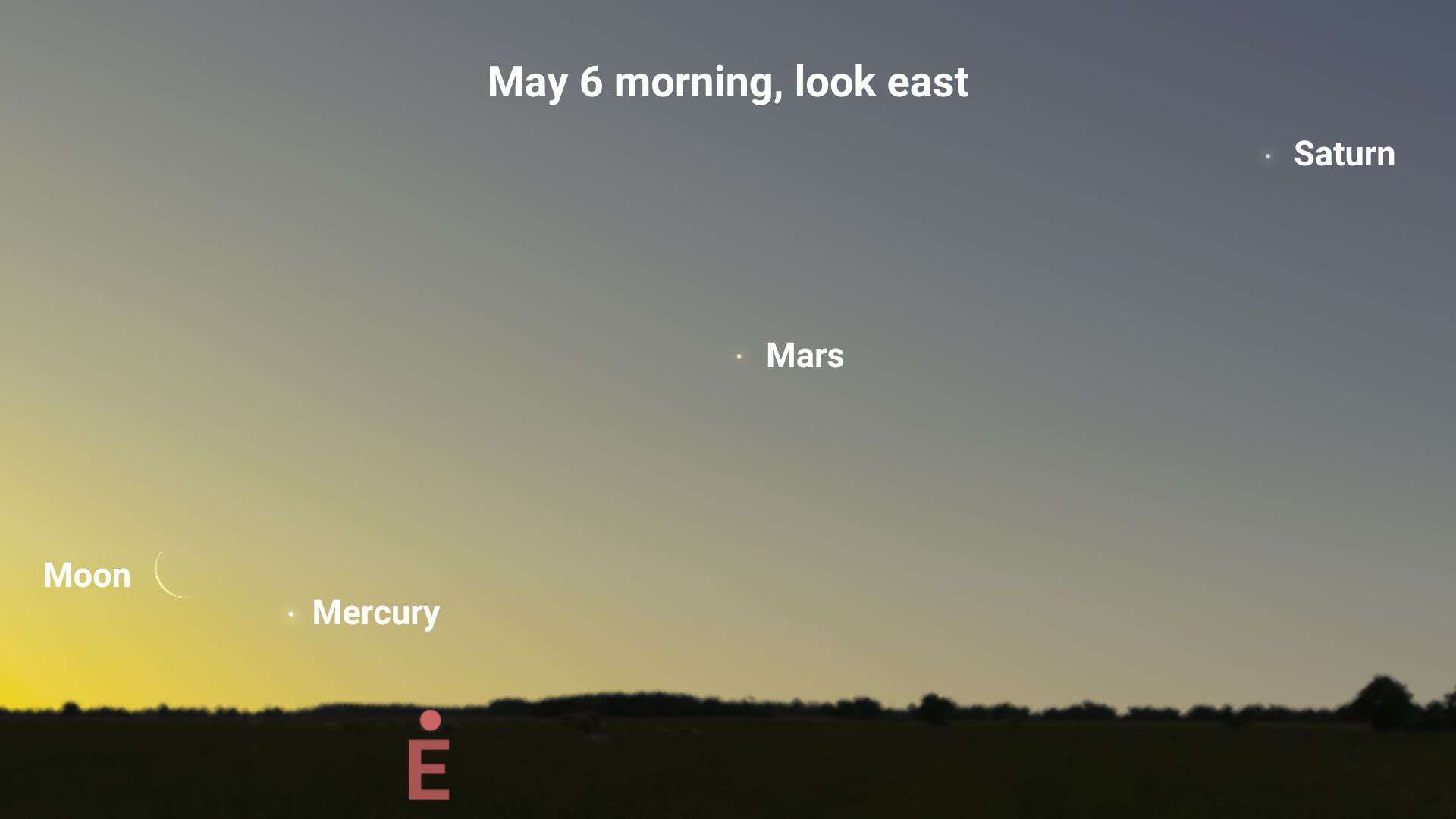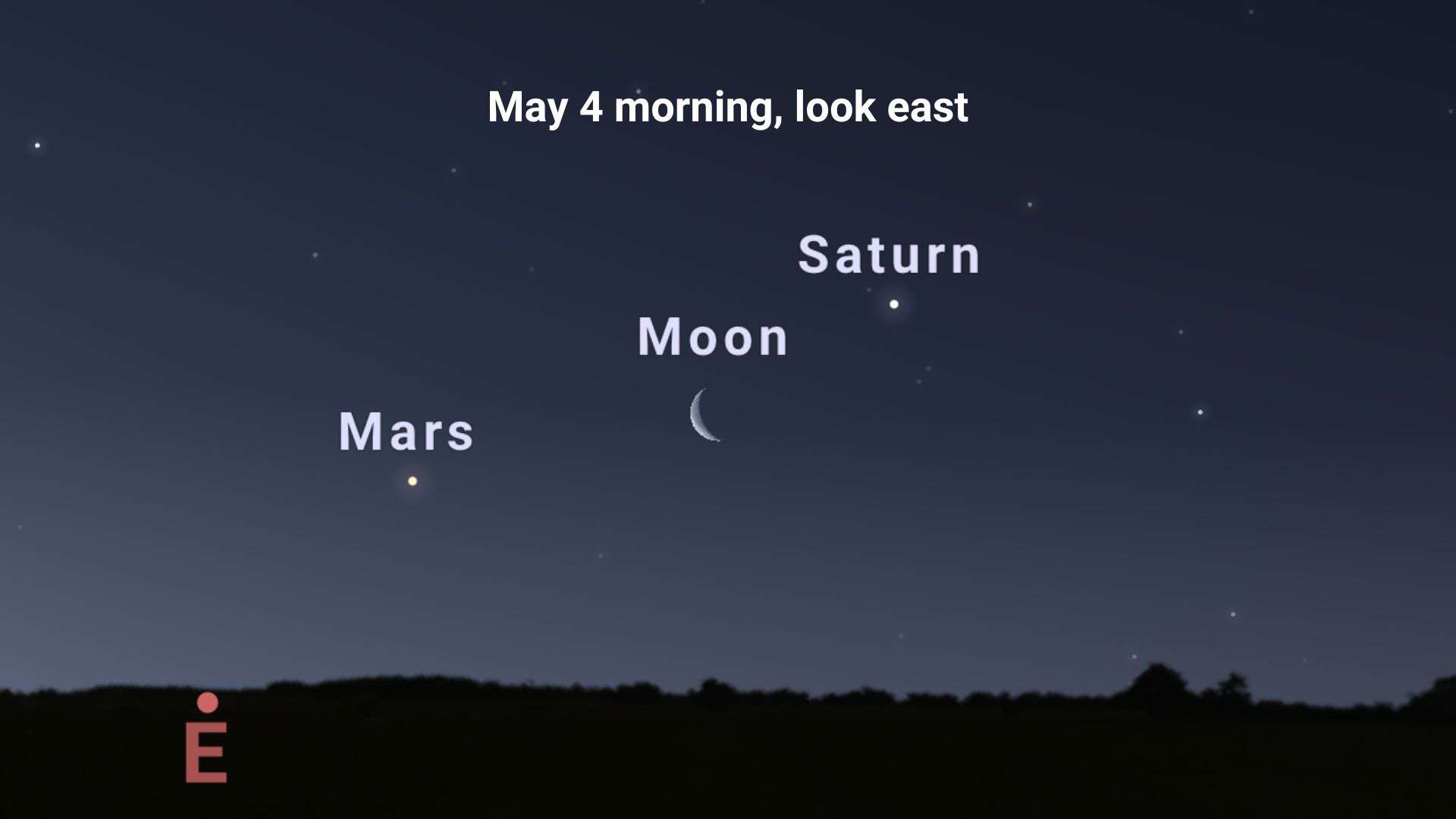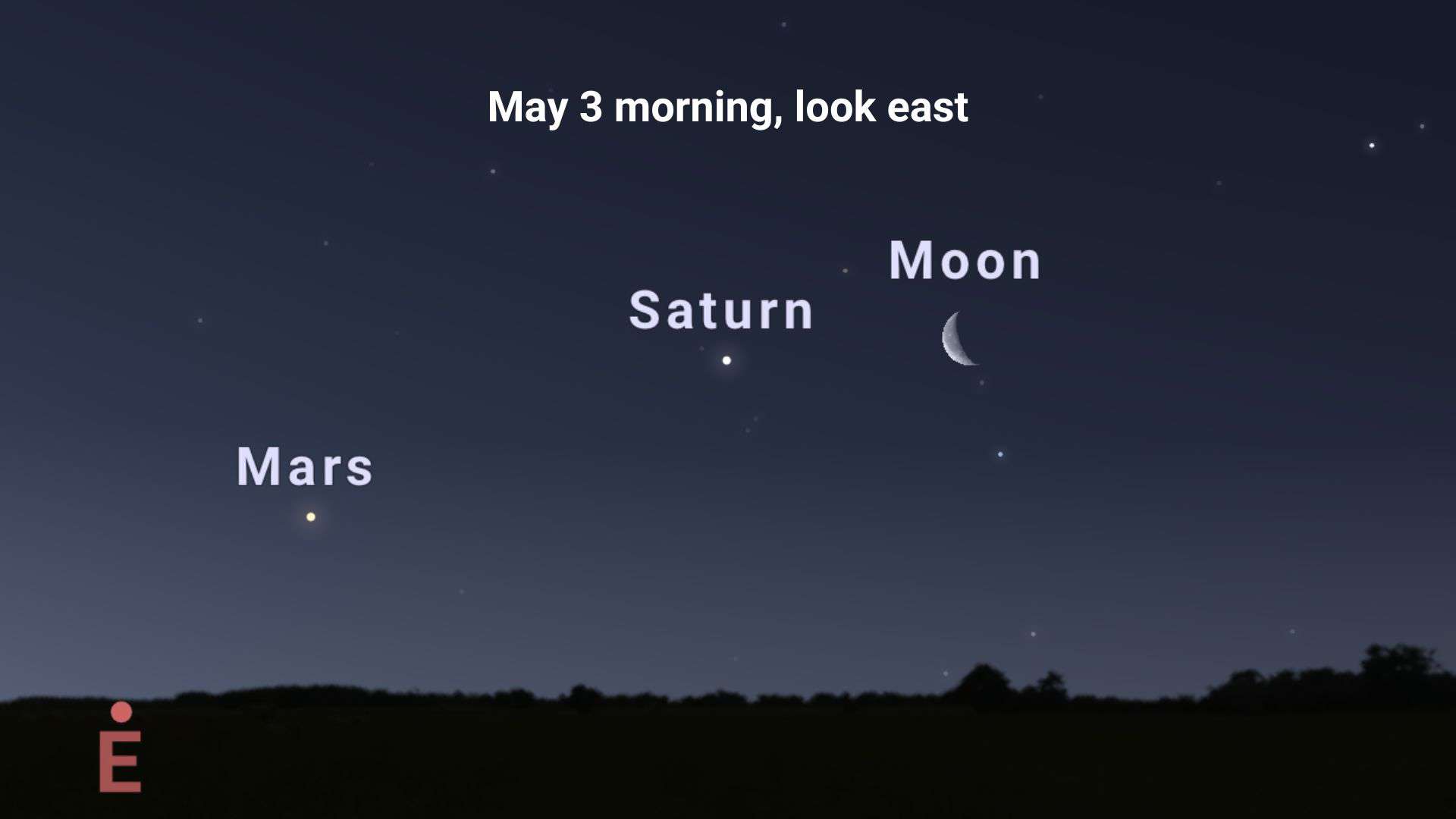The tiny, newly discovered asteroid 2024 BX1 that impacted above Germany has identified as a rare class of meteorites called “aubrites.”
The 1-meter-sized asteroid 2024 BX1 impacted into the Earth’s atmosphere above Germany and burned as a fireball on Sunday, January 21, 2024, at 00:32 UTC. This celestial firework has been seen across Europe.
Later, on January 26, 2024, the fragments of the asteroid 2024 BX1 that reached Earth, called meteorites, were recovered successfully.
Hungarian asteroid hunter Krisztián Sárneczky discovered the asteroid 2024 BX1 a few hours before its impact into the Earth’s atmosphere. The image shows that the discoverer is holding the meteorite of asteroid 2024 BX1.
Famous meteor astronomer from SETI Institute, Dr. Peter Jenniskens, traveled from San Francisco to Berlin to search the fields just south of the village of Ribbeck with the Museum für Naturkunde (MfN), the Freie Universität Berlin, the Deutches zentrum für Luft und Raumfahrt, and the Technische Universität Berlin in the days following the fall.

“We only spotted the meteorites after a Polish team of meteorite hunters had identified the first find and could show us what to look for,” said Jenniskens. “After that, our first finds were made quickly by Freie Universität students Dominik Dieter and Cara Weihe.”
This was Jenniskens’ fourth guided recovery of such a small asteroid impact, following a 2008 impact in Sudan, a 2018 impact in Botswana, and a 2023 impact in France.
On February 5, 2024, Jenniskens’ collaborators at the Museum für Naturkunde (MfN) officially announced that the first examinations of one of these pieces with an electron beam microprobe prove the typical mineralogy and chemical composition of an achondrite of the aubrite type.
Aubrite meteorites have a mostly translucent glass crust, unlike other meteorites, which have a thin crust of black glass from atmospheric heat.
The meteorite is named after the village of Aubrés in France, where a similar meteorite fell on September 14, 1836.
“Aubrites do not look like what people generally imagine meteorites to look like. Aubrites look more like a gray granite and consist mainly of the magnesium silicates enstatite and forsterite,” said Christopher Hamann from the Museum für Naturkunde, who was involved in the initial classification and took part in the search.
“It contains hardly any iron and the glassy crust, which is usually a good way to recognize meteorites, looks completely different than that of most other meteorites. Aubrites are therefore difficult to detect in the field.”
Please follow us on Facebook and Twitter to get latest space news, upcoming skywatching events and astronomy-related content.



